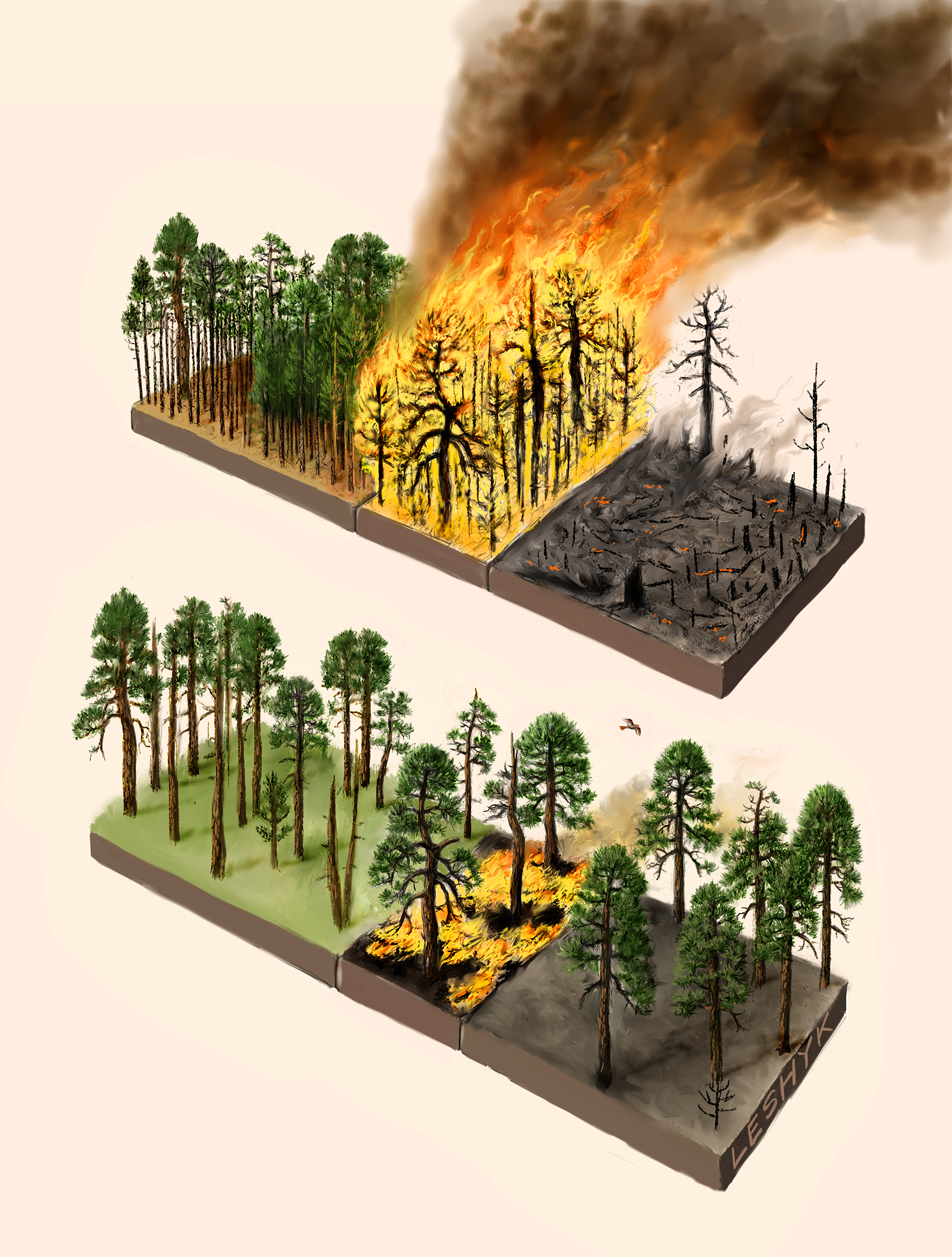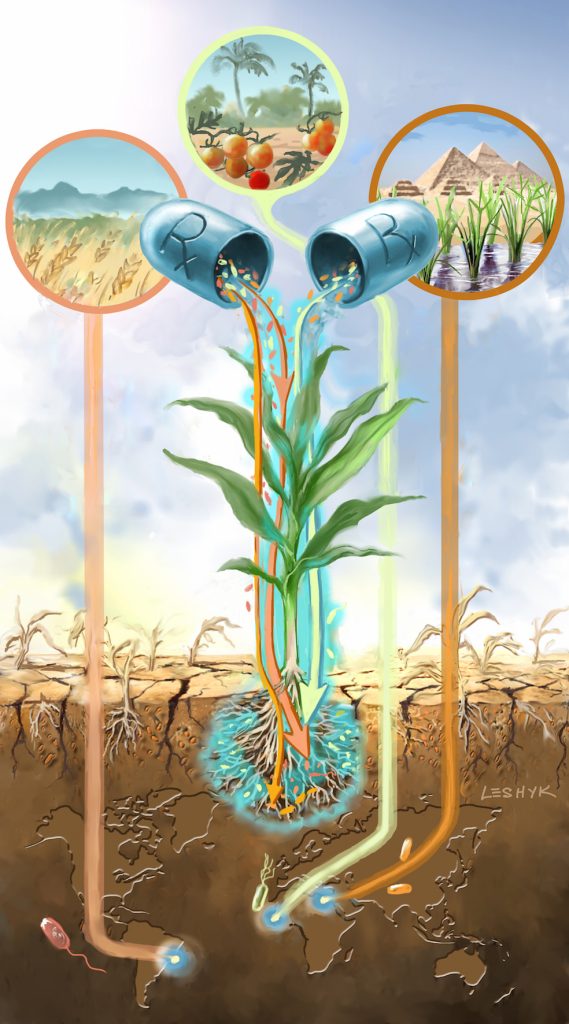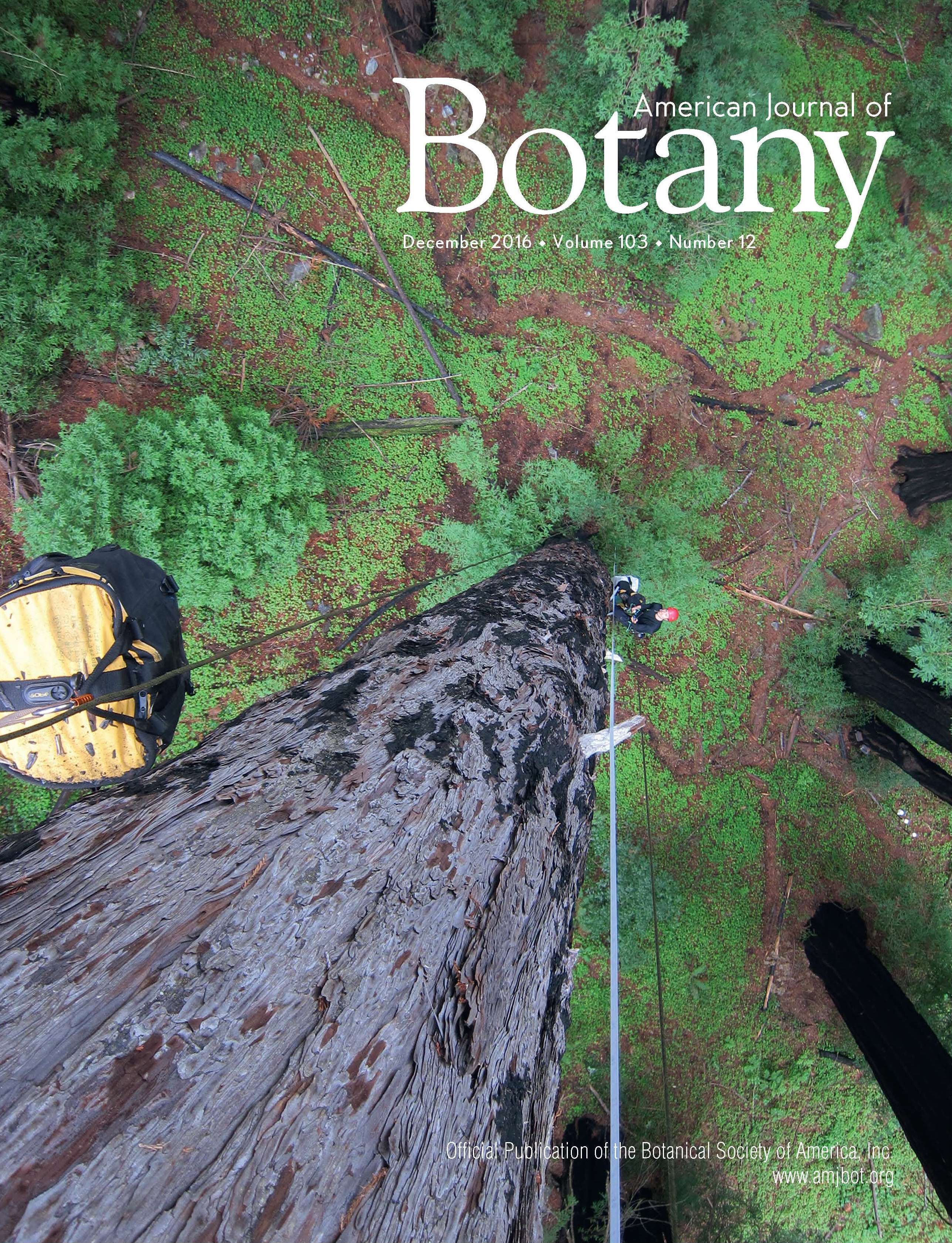Carbon protection and fire risk reduction: toward a full accounting of forest carbon offsets
Longstanding land-management policies of complete wildfire suppression on wild lands were intended to prevent catastrophic wildfires through constant human monitoring and intervention. However, when combined with policies that prohibit logging or thinning in protected areas, total fire suppression can lead to giant conflagrations anyhow, as the buildup of fuel materials […]


